|
|
|
INDEX:
ANTIQUE CARS ARE MY HOBBYBy JERRY HEARD
Since most of the RAFINO crowd is either at or near the "antique" stage, I will share my long-time love of antique cars. Having grown up in the most wonderful time for cars I just wish I had been able to keep them all. Who could argue that the '50s had more than its share of great ones? Corvettes, Thunderbirds, 55-57 Chevy, and on and on! My first antique was purchased at Fort Sill, Oklahoma in 1966. Almost every member of the Lawton Antique Car Club had owned the 1928 Dodge Victory 6 sedan. It stayed with us until I sold it at a garage sale while a student at the University of Alabama (thank you army!!) in 1974. While at Fort Sill my XO asked me if I liked cars and this resulted in my purchasing a 1936 Packard 120b convertible from his family farm in Jacksboro, Texas. I kept it for a while and later had it restored to perfection by a fellow in Jacksonville, Alabama. During my stay in Indianapolis for the advanced course, I bought a 1936 Packard coupe and partnered with Bill HILL in the purchase of a 1934 Rolls Royce. I later bought out Bill’s interest and moved it to Fort Knox. While in Korea I sold it to a fellow in Huntsville who burned the engine trying to drive it too far. Over the years I have owned a 1965 Mustang convertible, a 1966 Mustang convertible, a 1941 Cadillac Limo, a 1958 Cadillac sedan (which I drove to my class reunion--Gadsden high class of '58) a 1966 Olds Tornado 1972 MG, a 1941 Ford sedan, a 1959 Mercedes sedan, a 1951 Chevrolet, and currently have:
a 1962 Citroen 2CV
a 1979 Lincoln
and, 1965 Mercedes 230SL
I bought the Mercedes in Germany and brought it home. Man, I wish I still had them all!! I left out the best of them for a story. While in Atlanta Ann and I had a 1940 Ford convertible. We drove it in the Easter Parade and just loved the car. One day I got a call from good old Tom CONRAD of MILPERCEN fame, telling me I was going to Iran for a 2 year assignment. We had 6 cars at that time and began selling them off. The last to go was the "40 convertible. We watched the maroon beauty with 4 inch whitewalls, tan leather, white top and gleaming chrome slowly disappear up the street as the new owner left. Both of us had tears streaming down our cheeks. And would you believe it? Our assignment was changed at the last minute and I went to the pentagon instead! The only true car-nut I have run into in the army is Larry HANSON who was the Deputy Comptroller in Heidelberg. Larry has a 50's Mercury and his wife Sally has a Mustang (hence the song "Mustang Sally"). The antique car hobby is changing slowly as the old-timers who loved the model "T" and model "A" type cars are replaced by the 440, GTO, HEMI bunch. Where there was once a car show to just sit all day and shine, there are now cruise-ins in the local mall parking lots with 200-300 cars showing up. The majority of them are now customs or street rods, what we once called hot-rods. Big engines, big bucks and capable of high speed trips. A friend of mine recently sold a 1955 Chevy at the Barrett-Jackson auction for $480,000. No, you didn't read it wrong, $480,000! And, the person who did not win the bid asked the builders to do another for him at the same price. But that doesn't mean that you can't get a super car at a reasonable price. A good Mustang convertible can be had for about $15,000 to $20,000. The model "A" and "T' prices are lower now since the demand is for later model cars. Coupes and Roadsters are available in excellent condition for the same price of a Mustang. A Cadillac like mine (1959) can be bought for under $15,000. I paid $6,500 for the beautiful Citroen that Ann claims as her own. I bought it off e-bay from a fellow in Dallas. If you are interested in pursuing cars as a hobby, I suggest you invest $29.95 for a subscription to Hemming’s Motor News, P.O. Box 11, Bennington, Vermont, 05201. It is considered the "bible" for old car nuts. One thing I can tell you is that car clubs are fun and a good way to involve family. We enter at least 2 parades and several shows each year. And if your Aunt Matilda has one in the barn and wants it moved just call or e-mail me and I will help get rid of it. $$$$$
By Ray Allred
Ray & Ed with Kudu Three members of the Alamo Chapter – Safari Club International thought it a good idea to travel to South Africa for a combination plains game and bird hunt. The three were Charlie Brame, my son Ed Allred and myself, Ray Allred. Arrangements for the hunt were made with a professional hunter named Mof Venter. Mof is a native of South Africa and has been in the outfitting business about 10 years. Prior to this time he earned fame as a rugby player. I understand that he was named to the Professional National Team as the #1 player. We agreed on a seven day hunt and selected the seven animals and birds that we wanted on this hunt. Then Mof put a deal together to accommodate that selection. That was it. We knew what and how we were going to hunt and the timeframe was programmed. I must mention that school affiliation somehow worked its way into this hunt. My son Ed and Charlie are both Aggies (Texas A&M) while I claim the Longhorns (University of Texas). So I had to play this up a bit as we got into the hunt. The guns that we selected for the trip were the following: Ed took the .300 Weatherby Magnum and Browning12 gauge O/U. I packed the .257 Weatherby Magnum and a Browning 12 gauge O/U. Charlie took a .300 Weatherby Magnum and a Winchester 12 gauge O/U. We departed San Antonio on the morning of July 2, 2003 for Johannesburg, South Africa. The hunt started on July 5th. Ed and I headed out with Mof and Charlie went with Chicken, also known as J.P. Murray. The first day was a real experience. We first spotted a Zebra. He was a fully developed stallion about 11 years old and a real trophy. Ed dispatched him at about 120 yards. That .300 Weatherby did the trick.
Ed & Zebra Stallion That afternoon we spotted a magnificent bull Kudu. It was large and had very long horns. With one shot from the .300 Weatherby Ed dispatched this animal. His horns measured 57 inches.
Ed & Kudu On the next day Ed and I headed off with Louie and Charlie with Chicken. Louie, Ed and I hunted hard that day and finally turned up a beautiful Impala. He was standing at about 200 yards behind a large thorn bush; only his head and neck were exposed. Ed again made a great shot and down went the Impala. This was also a fine trophy.
Ed & Impala Meanwhile Charlie and Chicken had a full day. First Charlie collected a Blesbok then a Zebra. I understand that the Zebra took them on a foot chase that covered several miles. Charlie told us that by the time they finally got close enough, 200 plus yards, to take a second shot that he was breathing so hard that he could hardly hold the sight picture. The Zebra was quartering away from Charlie when he made this off hand shot. As a result the bullet hit just behind his last rib on the left side and traveled forward through his heart and lungs and out the front of his chest near the shoulder. He went down on the spot. As Charlie would say “ A perfect (but damned lucky) shot, especially considering the amount of wind that he was sucking.” It was an interesting morning for those two. That afternoon, Charlie collected an outstanding Kudu. He was on the run and dodging trees but the bullet found its mark. This handsome fellow measured 55 inches. What a day! They had collected three real trophies that any hunter would be proud to possess.
Charlie & Kudu I did not tell either Ed or Charlie that I had bought three Aggie raincoats for this hunt. I packed them away without saying a word. On the second or third day of the hunt I issued them to the trackers and skinners. I thought that it would be nice to capture them on film wearing those Aggie coats with this caption – “This Is What We Do After Graduation.” That effort brought some serious comments. While Charlie and Chicken were busy with the Wildebeest, Louie put me on a nice Warthog. This big fellow was looking me in the eye. I discharged a round from the 300 and that went thought the left eye and into the shoulder. Let no one question the authority that the .300 packs.
Able, Ray, and Louie - Warthog The following day was the highlight of the trip for me. On this day Ed and I were hunting with Mof who had located a handsome Blesbok. He was standing away from the others so I could easily identify him. Ed ranged him at 232 yards, judged the wind at five miles per hour and suggested that I hold in the kill area. With that information dialed in the .300 again roared and that handsome fellow was down. That afternoon Mof spotted a Blue Wildebeest. He was a big fellow and I guess king of the herd. He was standing behind a large thorn bush and from where I was shooting I could only see his horns and the sun’s reflection. That bullet had to travel almost 300 yards and through some very heavy brush before making contact and doing the trick.
Ray & Wildebeest The next day was the bird hunt. Several lessons were learned from this venture. First, never go to Africa without a shotgun. The bird hunting is something that one should experience. We collected five species of birds during that hunt. They were Dove, Guinea Fowl, Francolins, Sand Grouse and the Egyptian Geese. Hunting the Egyptian Geese is most tricky because those birds mate for life. So if you take one and fail the get the second of the pair you have really done a dirty deed. Accordingly, you shoot the singles or double up on a pair. As the natives would say, it is not cricket to take one of a pair. It was a fun event with much action.
Bird Hunt While returning to the camp, Mof spotted an African Wildcat. They are unprotected animals in South Africa. They are very similar to our Bobcat. Ed took the .257 and quickly dispatched this handsome guy.
Charlie & Gemsbok The next day was a day of leisure. We slept in, paid our bills, packed our bags, said our goodbyes and departed the lodge. Mof suggested that we use Nylstroom Taxidermy for our mounting work. I believe that he or someone else said that it is perhaps one of the fastest growing taxidermy studios in the world. The trophies from this hunt are due August 2004. It takes about a year to have them mounted and shipped to USA via boat. The cost of air freight it a bit high. July is the winter season in South Africa. It got cold at night, down to 31 degrees, but warmed up quickly when the sun came up and then cooled down as the sunset. During our stay we did not have one bad weather day. The weather was simply beautiful and could not have been better. I will never forget the terrain and the lay of the land. Africa is a beautiful country and much of it is still unspoiled by urban development. Our chalets were well done with single beds, private bathrooms, closet space, and heavy blankets to ward off the cold. It should be noted that there was no heat but we were prepared for that so there was really no inconvenience. We dressed warm to accommodate the night chill and slept very comfortable after a day of hard hunting and collecting memorable experiences. Should anyone be thinking of making a similar trip to Africa I suggest that you give serious consideration to employing Adansonia Safaris. They generally book hunts from March to September. I am almost certain that special arrangements can be made for the period September thru February. Their web site is www.adansonia.co.za and their e-mail address is adansona@lantic.net. Should you wish to give them a call, their telephone number is +27 1476 60112. Adansonia Lodge is located just a rocks throw form Steenbokpan, South Africa. What you are going to do with the trophies is one of the items on the checklist that should be addressed when planning a hunt. So you do a lot of measuring and planning before the hunt so when it comes time to mount the animals you will not only have a place for them but most importantly the mounts will complement the place where they will be displayed, i.e., looking right or left -- high or low mount, etc. . Lenore doesn't let any of this stuff make in inside her house. Luckily, I have an office off of the backyard and pool that accommodates my hunting paraphernalia and trophies. Of course, a lot of it flows over to the ranch. Some of the older stuff has even made it up to the attic. I am planning another safari for lion and Cape buffalo for July 2005. So if you don't hear from me again after July 2005 you will know who came out on top. Ray Allred
by Joe GRIFFEY In 1982 the FAA authorized the construction and flight of very small/light aircraft (with considerable restriction) to share the US skies with general aviation. These little aircraft are restricted in weight, speed and fuel capacity. They can be owned and flown without a pilot licenses or flight physical. However, the FAA did sanction the establishment of private associations (such as the United States Ultralight Association, to which I belong) to provide education, training and FAA-approved certification of pilots and instructors for the purpose of safe flight and operation into small airports throughout the country. I am a certified USUA Pilot. Pictured is my second aircraft (I'm aboard, but very difficult to see), which I have been flying for almost two years. I had flown a different type (engine was in the rear) for six years before this one....sold it. These aircraft are built from kits. It normally takes 300 to 400 hours to completely construct from a kit, at a cost of what you might invest in a small compact car. Never would I have believed such an exciting hobby would come my way. It is a long story how it happened. Anyone interested in more information is welcome to contact me directly.
Roger EDGINGTON has started a new hobby and needs help. He wrote: "I am interested and curious about the beginning and history of Finance Disbursing Sections. I know they existed during WWII. Where would be a source of research on them? I would be glad to undertake a study and attempt to find out more about them. Perhaps that has been done already. I am sure that if I asked fellow FC officers for input I would get a lot of data. Let me know what you think." Edge. Send the information that you have to rogernoel@att.net. Anything that you provide will be shared with the rest of RAFINO. |

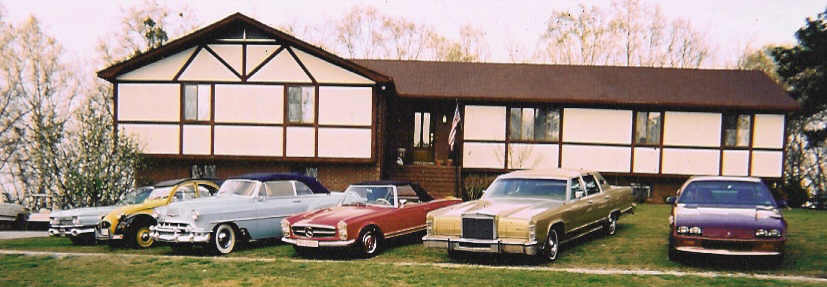
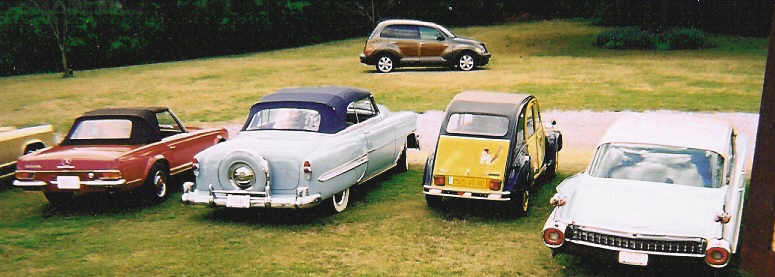
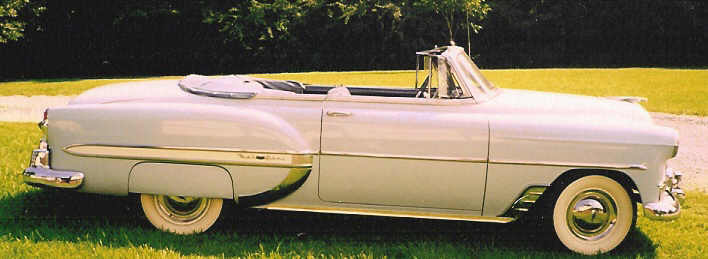
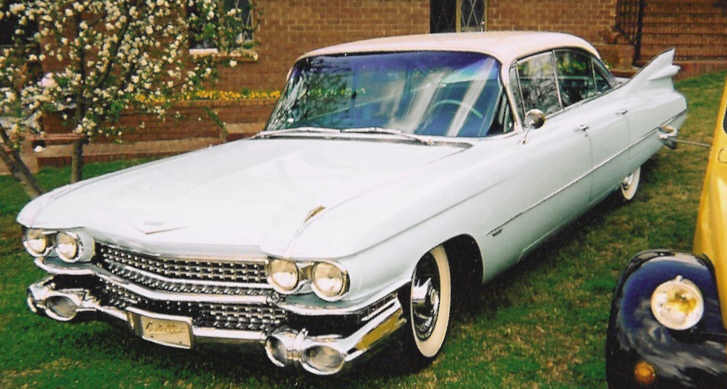
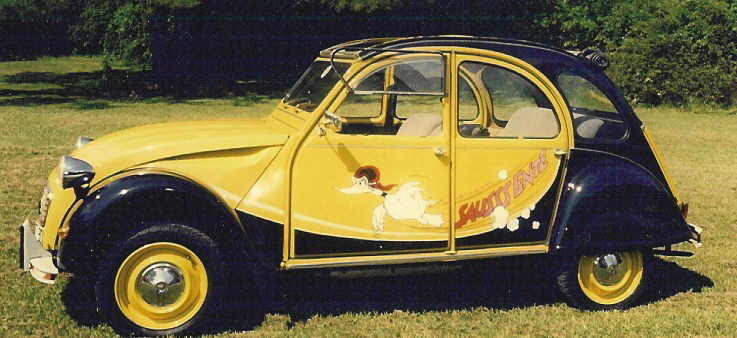
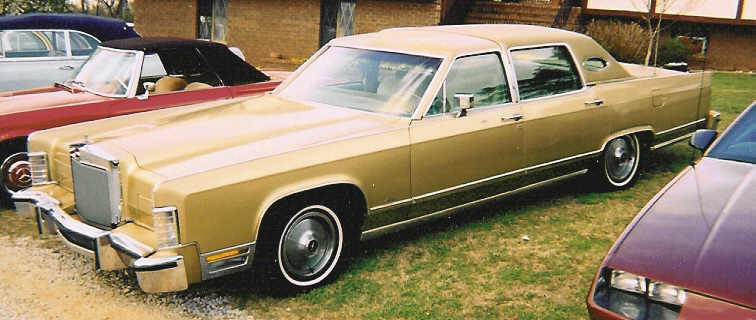
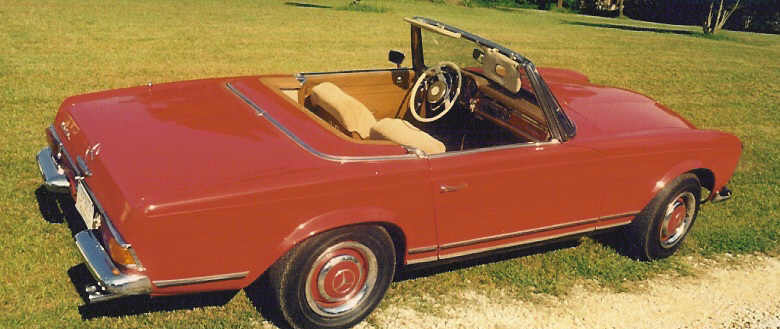
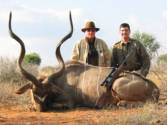
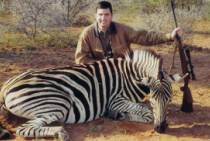
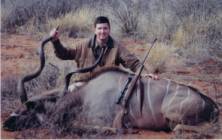

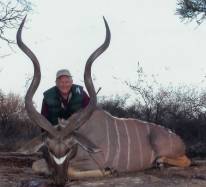
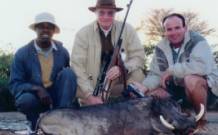
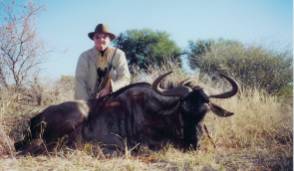
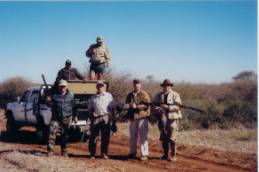
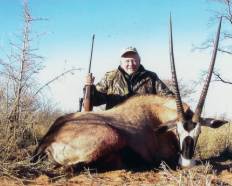
 I fly out of a
private grass airfield at Smiths Station, Alabama (west of Phenix City,
Alabama) with a group of approximately 20 other ultralight hobbiest. We
routinely fly to locations throughout Alabama, Georgia, Mississippi and
Florida. The wings fold on my aircraft, and I can trailer to more distant
locations on special occasions.
I fly out of a
private grass airfield at Smiths Station, Alabama (west of Phenix City,
Alabama) with a group of approximately 20 other ultralight hobbiest. We
routinely fly to locations throughout Alabama, Georgia, Mississippi and
Florida. The wings fold on my aircraft, and I can trailer to more distant
locations on special occasions.